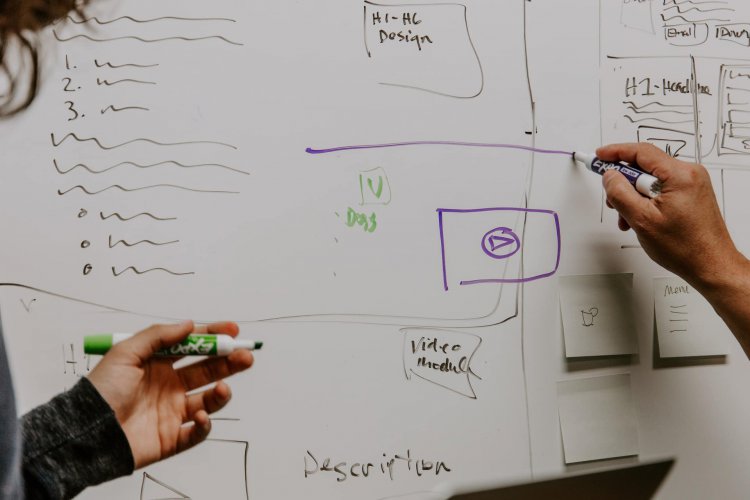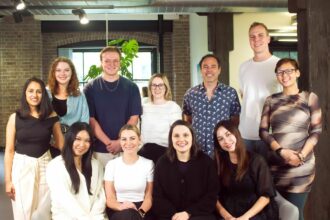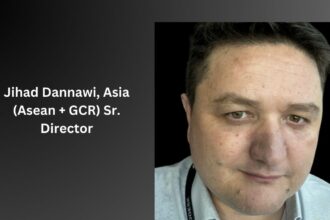Digital is shaping lives globally. To empower Filipinos to do more online, Google Philippines announced new initiatives and partnerships at the Google for Philippines event in February 2019. These announcements revolved around Google Station, Google Go, Jobs on Google Search, Number Coding in Google Maps, Digiskarteng Pinay, and an initiative to help micro, small, and medium enterprises (MSMEs) become more discoverable.
Here, Gabby Roxas, head of marketing, Google Philippines, and Gara Santos-Ontiveros, industry head at Google Philippines, speak about how changing digital marketing trends and new data points led to these initiatives.
Brands have always looked to touch human lives through advertising. How has this evolved with digital advertising in the Philippines?
Santos-Ontiveros: It has evolved in four ways. First, the digital canvas is changing the art of storytelling by allowing the creation of different video formats. Second, the barriers of entry to a new category or market are significantly lower with digital. Third, highly-efficient and targeted campaigns can help small brands look significant to their audience. Human Heart Nature is a good example of a local Filipino brand using digital advertising to increase its regional brand equity. Lastly, large advertisers are now launching their own studios to develop short-, mid-, and long-form content — Jollibee Studios and Globe Studios by Globe Telecom are some examples of this.
Roxas: With digital advertising, you have a more flexible creative canvas to convey your message. For example, the latest Philippines YouTube Ads Leaderboard results included both short and snappy videos along with longer commercials that were seven to 10 minutes long — unheard of in traditional media. Creative teams now have the flexibility to find the best ways to connect with their audience segments.
Sophisticated advertisers think about the message they want to convey and then choose where they want to put their money to achieve the best impact.
What are advertisers in the Philippines missing out on in digital advertising?
Santos-Ontiveros: There are still a significant number of brands that haven’t understood how to use the digital canvas optimally. For example, cross-screen planning remains a challenge, and a lot of advertisers think about reach and efficiency without considering how to use the different digital formats strategically. More sophisticated advertisers think about the message they want to convey and then choose where they want to put their money to achieve the best impact, using brand metrics tools like the Google Marketing Platform.
What is the broader vision/inspiration behind the six announcements that were made at the Google for Philippines event?
Roxas: Our announcements aimed to close the digital divide and improve opportunities for economic growth. They were based on the three pillars that Google Philippines feels can help drive digital inclusivity. These include access, content, and the digital enablement of the business. In terms of access, millions in the country are still offline or unable to access the internet daily, so we launched Google Station, which provides free WiFi hotspots. We also introduced Google Go, an app that consumers can use on low-end phones to find and discover new content. For the second pillar, we are enabling Filipinos to search for jobs easily, helping women learn new skills online using a dedicated YouTube channel, and allowing drivers to navigate traffic using route options based on the Metropolitan Manila Development Authority’s number coding scheme. Lastly, we’re helping small businesses gain more visibility online through our partnership with local telecommunications company PLDT.
YouTube is becoming a self-learning platform that is driving women’s empowerment across rural areas. It’s why we launched Digiskarteng Pinay together with NGOs and government partners.
Get the latest data, insights and inspiration from Google.
What is Digiskarteng Pinay, and why does it use YouTube to reach out to women? What is the vision behind this platform in terms of third-party collaboration?
Santos-Ontiveros: Digiskarteng Pinay means “digital ingenuity.” The initiative was based on the metrics we observed through our digital marketing projects. Like the rest of the world, Filipinos love watching online videos. However, what’s more significant is our finding that Filipinos, especially women in rural areas, spend more time on educational videos than any other type of video content.
We began to find inspiring stories about how YouTube videos improved the lives of women — from Antoneth, who self-learned additional skills to transform her manicure and pedicure business into a full-fledged beauty parlor salon, to Audrey, a food cart owner who successfully used online videos to create new recipes.
Stories like these made us realize that YouTube is becoming a self-learning platform that is driving women’s empowerment across rural areas. It’s why we launched Digiskarteng Pinay together with NGOs and government partners.
Roxas: Digiskarteng Pinay is more than just another channel for female-oriented content. Instead, it’s about connecting Filipinas to boundless opportunities through digital. Currently, we are looking for credible partners and ensuring that we host the right content.
















